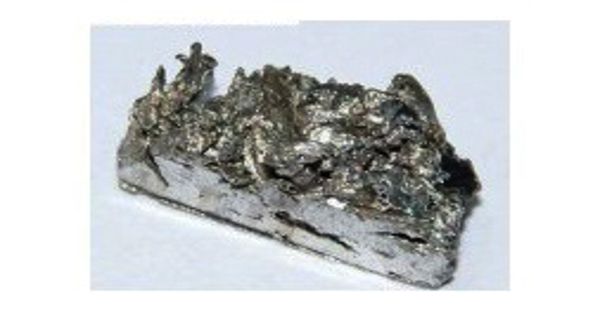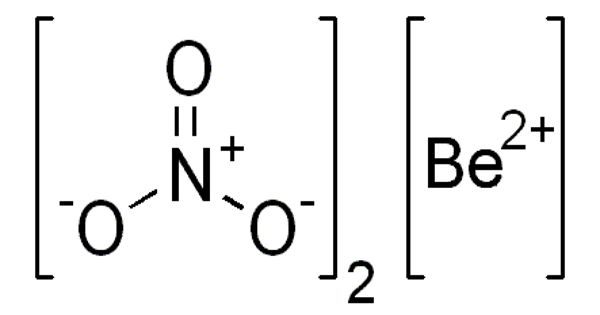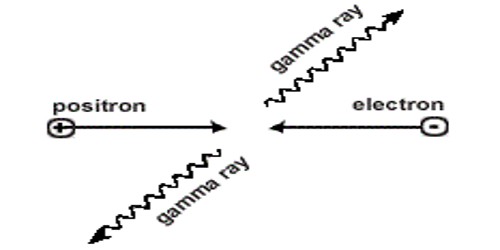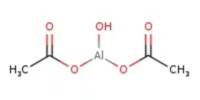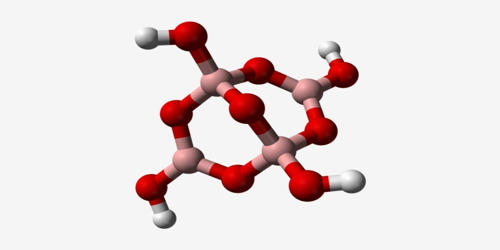Tantalum carbides (TaC) are a class of binary chemical compounds containing tantalum and carbon with the empirical formula TaCx, where x typically ranges from 0.4 to 1. They are part of the metal carbide family, which is distinguished by its high melting temperatures, hardness, and resistance to wear and corrosion. They are very hard, brittle, refractory ceramics with metallic electrical conductivity. They appear as brown-gray powders and are typically treated through sintering.
Tantalum carbides, as major cermet materials, are commercially employed in tool bits for cutting applications and are occasionally mixed with tungsten carbide alloys.
Tantalum carbides’ melting point has previously been estimated to be around 3,880 °C (4,150 K; 7,020 °F), depending on purity and measurement conditions; this is one of the highest values for binary compounds. Only tantalum hafnium carbide was calculated to have a higher melting point at 3,942 °C (4,215 K; 7,128 °F). However, new experiments have definitively shown that TaC has a melting point of 3,768 °C, while tantalum hafnium carbide and hafnium carbide have greater melting points.
Properties
Tantalum carbide is one of the hardest materials known, with a Mohs hardness of about 9-10. It has an extremely high melting point, around 3880°C (7016°F), making it suitable for high-temperature applications. It is an excellent conductor of electricity. It is resistant to chemical corrosion and oxidation at high temperatures, making it useful in harsh environments.
- Chemical formula: TaC
- Molar mass: 192.96 g/mol
- Appearance: Brown-gray powder
- Odor: Odorless
- Density: 14.3–14.65 g/cm3 (TaC); 15.1 g/cm3 (TaC0.5)
- Melting point: 3,768 °C (6,814 °F; 4,041 K) (TaC) 3,327 °C (6,021 °F; 3,600 K) (TaC0.5)
- Boiling point: 4,780–5,470 °C (8,640–9,880 °F; 5,050–5,740 K) (TaC)
- Solubility in water: Insoluble
- Solubility: Soluble in HF-HNO3 mixture
- Thermal conductivity: 21 W/m·K
Preparation
TaCx powders of the desired composition are created by heating a mixture of tantalum and graphite powders in a vacuum or inert gas atmosphere (argon). Heating is done at a temperature of around 2,000 °C (2,270 K; 3,630 °F) in a furnace or an arc melting setup. Tantalum pentoxide can also be reduced by carbon in a vacuum or hydrogen environment at temperatures ranging from 1,500 to 1,700 °C (1,770 to 1,970 K; 2,730 to 3,090 °F). This approach was used to obtain tantalum carbide in 1876, although it does not control the product’s stoichiometry. TaC may be produced directly from elements using self-propagating high-temperature synthesis, according to reports.
Application
Tantalum carbide is a popular sintering additive in ultra-high temperature ceramics (UHTCs) and a ceramic reinforcement in high-entropy alloys (HEAs) due to its excellent physical properties in melting point, hardness, elastic modulus, thermal conductivity, thermal shock resistance, and chemical stability, making it an ideal material for aircraft and rockets in the aerospace industry.
- Cutting Tools: Due to its extreme hardness and wear resistance, tantalum carbide is used in cutting tools for machining hard materials like steel and iron.
- Coatings: It is used as a coating material on cutting tools, drills, and other equipment to enhance their durability and performance.
- High-Temperature Components: Tantalum carbide’s high melting point and resistance to corrosion make it suitable for use in rocket nozzles, turbine blades, and other components that operate at high temperatures.
- Alloys: It is sometimes used as an alloying element to improve the properties of other materials, such as tungsten carbide.

